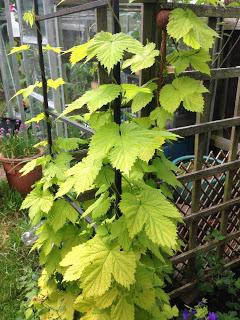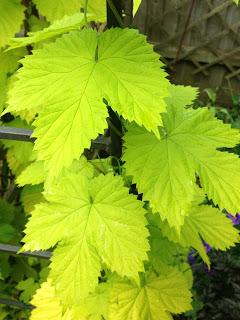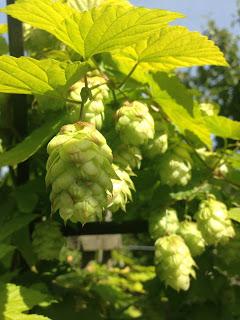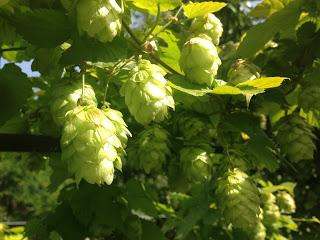Its virtues are not singular. As well as a visually appealing plant from spring through to the onset of winter, it provides a generous habitat to a range of insect life. Admittedly, not all these insects are desired or enhance the plant for periods of time, but such is the circle of life in a garden. Early in the season when the growth is very fresh, aphids cluster on the supple stems, drawing on the vital sugars within to drive a population explosion unmatched elsewhere in the garden. Their honeydew secretions are usually heavy, encouraging a bloom of sooty mold to develop on the leaf surfaces. If you are not a advocate of spraying to treat this, it is advisable to have a nearby plant in dramatic flower during this time with which to distract any visitors to your garden!


At around the same time, you may notice that some of the leaves undergo attack by caterpillars. In my case, this happened only on the lower leaves and the stronger the plant, the less overall impact this has as the base continues to send up increasing numbers of stems, generally disguising the less than perfect leaves with new growth. And you can take heart in the knowledge that you have provided for another generation of butterflies in your garden.
The third and final insect life I spotted on my plant was most welcome and was a direct result of the first invasion. The presence of aphids had attracted ladybirds to lay their eggs on the underside of the leaves and by early July, the plant was host to a new generation of ladybird larvae. Often mistaken for plant pests due to their somewhat ferocious, if minuscule, appearance, these carnivores will munch their way through thousands of aphids on their short journey to becoming a fully grown ladybird.
And while they're busy hoovering the last remains of juicy greenfly from the plant, your hops plant will quietly send forth one last burst of energy that results in the most delicate of flowers appearing from wispy terminal shoots. These are the hops flowers we might recognize from the brewing process, but if you're not planning any homemade beers, you can enjoy the pendulous flowers right through the autumn as they catch the sun and slowly turn the rich buttery color from which they earn their name.


